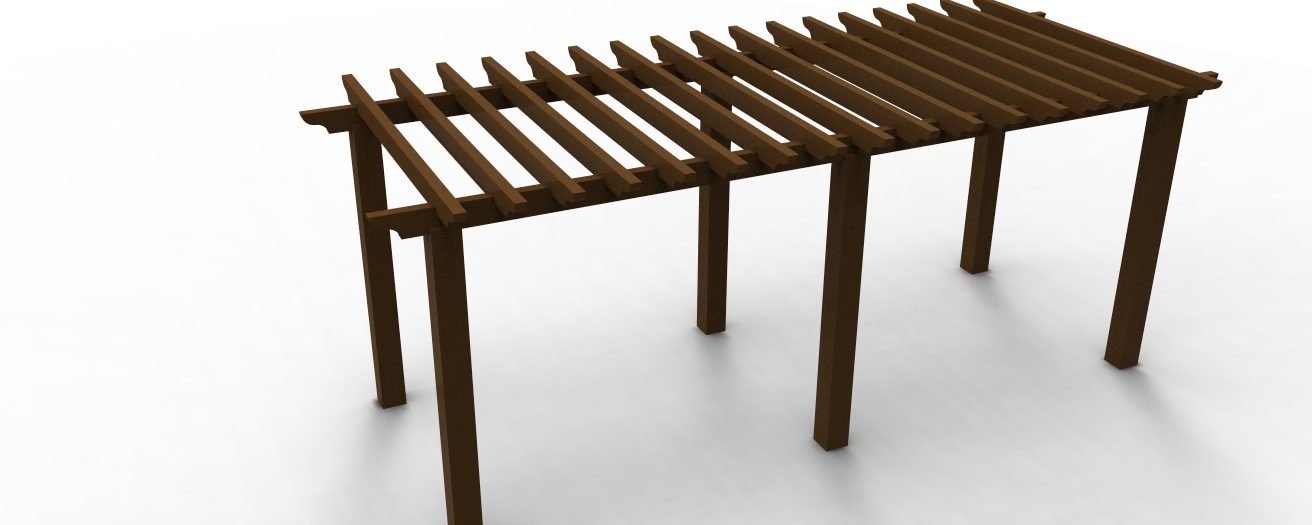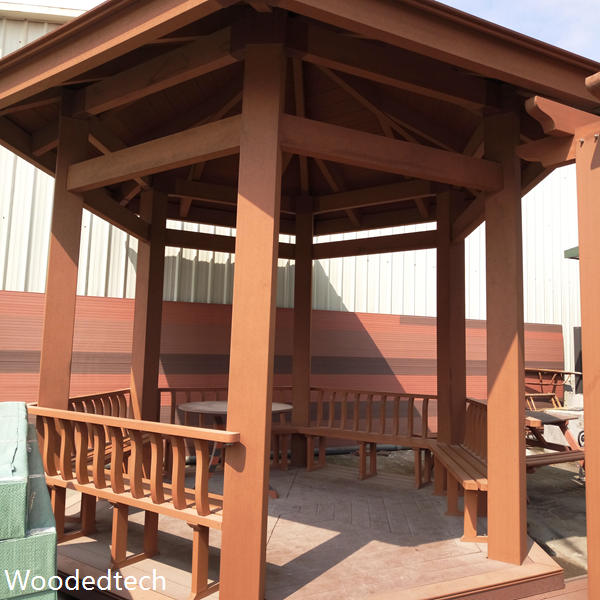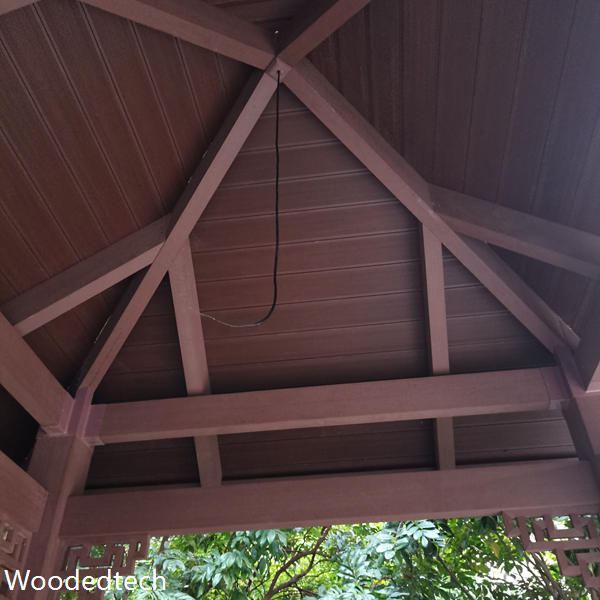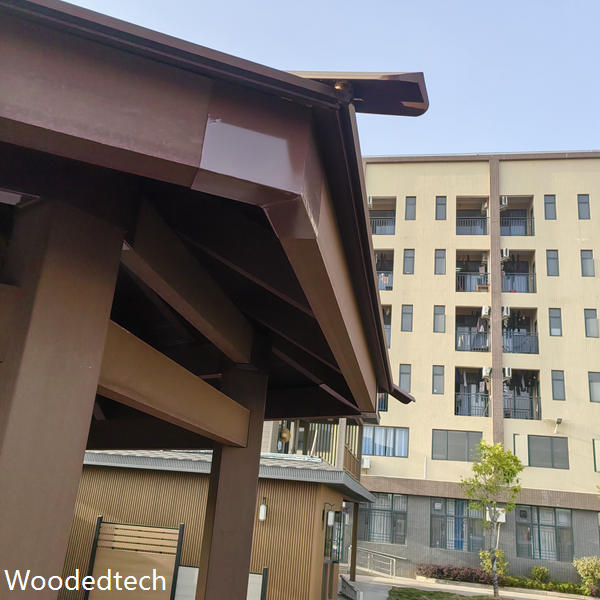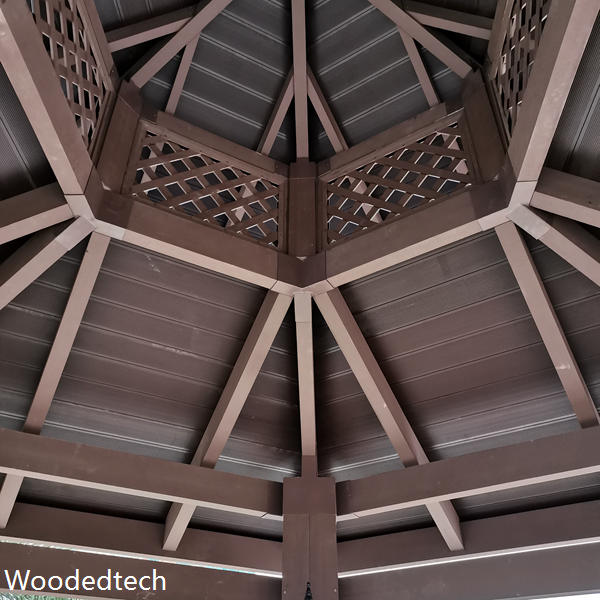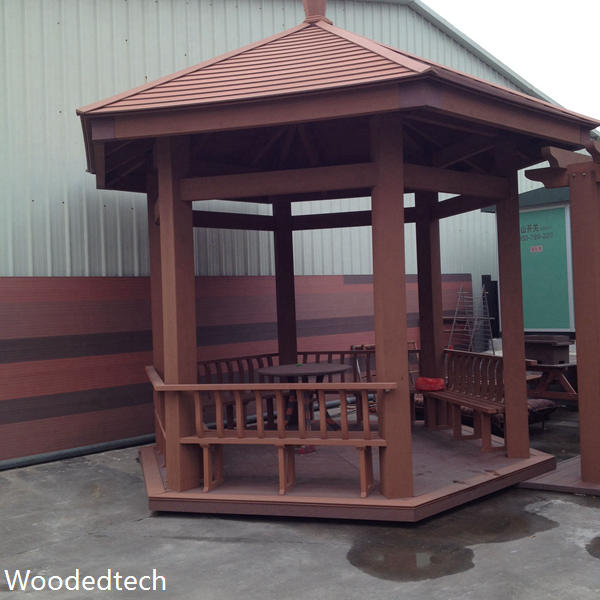Best Plants for Composite Wood Plastic Espalier Compatibility
Composite wood plastic materials have gained significant popularity in landscaping and garden design, particularly for their resistance to the elements and their low-maintenance requirements. One of the most appealing characteristics of composite wood plastic is its ability to withstand aging and degradation over time, making it an ideal choice for outdoor applications. Additionally, its resistance to ultraviolet radiation ensures that the materials do not fade or lose their structural integrity when exposed to sunlight. These qualities make composite wood plastic an excellent medium for supporting various plants in an espalier format.
Espalier is a horticultural practice that involves training plants to grow flat against a wall or trellis, creating a visually appealing display while maximizing space. When selecting the best plants for compatibility with composite wood plastic, it is essential to consider not only the aesthetic qualities of the plants but also their growth habits and compatibility with the structural properties of the material.
One of the primary advantages of using composite wood plastic in espalier gardening is its durability. Unlike traditional wood, composite materials resist rot and decay, which is crucial when considering the impact of moisture and weather on outdoor structures. This durability ensures that the support system for the plants remains intact for many years, providing a stable base for growth. The low maintenance nature of composite wood plastic means that gardeners can enjoy their espalier arrangements without the constant need for repainting or refinishing, which is often required with traditional wooden trellises.
Another significant benefit of composite wood plastic is its resistance to ultraviolet rays. Traditional wood can become sun-bleached and weakened over time, leading to splintering and loss of structural integrity. Composite materials are engineered to withstand these harsh conditions, allowing for a longer lifespan without the need for protective coatings or treatments. This resistance to UV radiation is particularly beneficial for gardeners looking to create an attractive and lasting display with minimal upkeep.
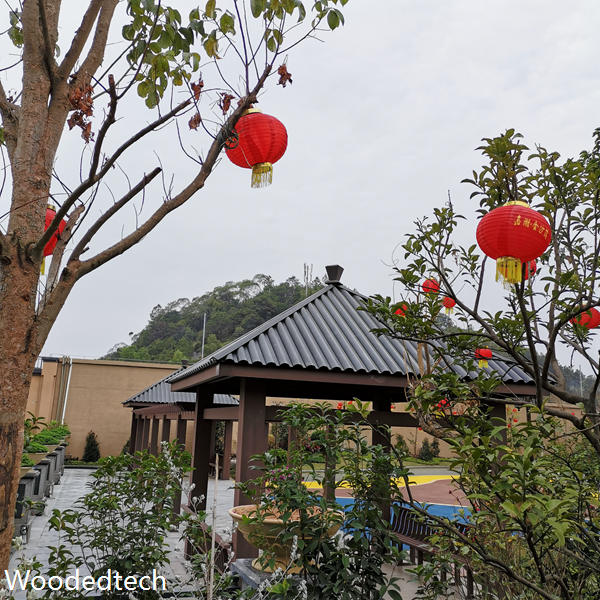
When considering the best plants for espalier compatibility with composite wood plastic, several species stand out due to their growth habits and visual appeal. For instance, apple trees and pear trees are popular choices for espalier due to their ability to be trained along a trellis while producing delicious fruit. These trees can thrive against a composite wood plastic structure, benefiting from the stability and durability that the material provides.
Another excellent choice for espalier is the flowering dogwood. This ornamental tree not only offers beautiful blooms in the spring but also has a manageable growth habit that lends itself well to training. The combination of its aesthetic qualities and compatibility with composite wood plastic makes it a favored option for gardeners looking to create a stunning vertical display.
Additionally, climbing roses are a classic choice for espalier designs. These plants can easily be trained to grow along a trellis or wall, and when paired with composite wood plastic, they benefit from the sturdy support that the material provides. The vibrant blooms and fragrant flowers of climbing roses can create a visually striking garden feature, enhancing the overall landscape.
For those interested in a more contemporary look, incorporating evergreen plants such as boxwood can provide year-round interest. These shrubs can be shaped and trained to fit an espalier design, providing a lush green backdrop that complements the composite wood plastic structure. Their hardy nature and resilience to varying weather conditions make them an ideal candidate for this gardening style.
In addition to aesthetic considerations, practical aspects must also be taken into account when choosing plants for espalier with composite wood plastic. The root systems of the selected plants should be compatible with the material, ensuring that they do not cause any damage or instability over time. Plants with shallower root systems are often more suitable, as they are less likely to exert excessive pressure on the composite wood plastic structure.
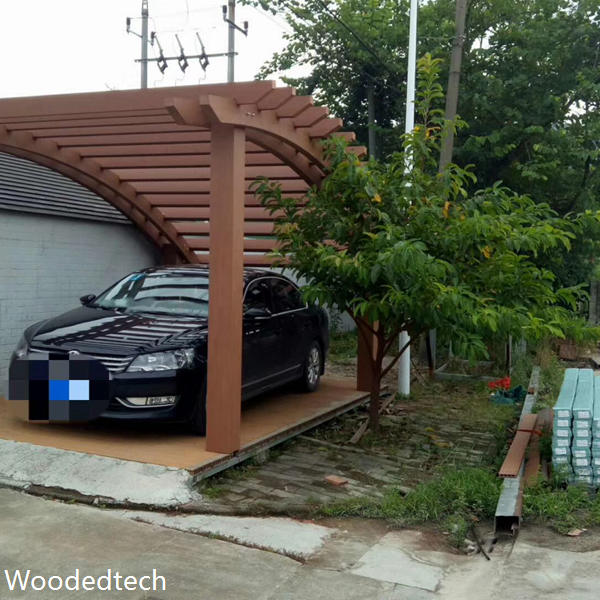
Moreover, the local climate and environmental conditions play a significant role in plant selection. It is essential to choose species that are well-suited to the region’s temperature, humidity, and sunlight exposure. By selecting plants that thrive in the local environment, gardeners can ensure a successful and aesthetically pleasing espalier arrangement.
The choice of composite wood plastic as a support system for espalier gardening presents numerous advantages, including its durability, low maintenance requirements, and resistance to UV rays. These qualities allow gardeners to focus on their plant selections and design choices without the worry of constant upkeep or deterioration of the support structure. By carefully selecting compatible plants such as fruit trees, flowering dogwoods, climbing roses, and evergreens, gardeners can create a stunning and enduring vertical garden that enhances their outdoor space while enjoying the benefits of composite wood plastic.
